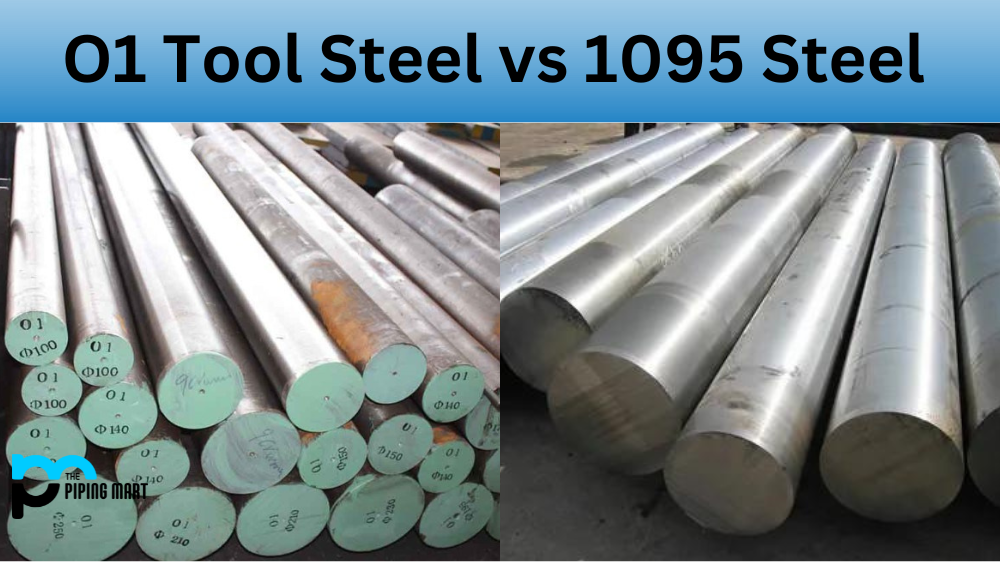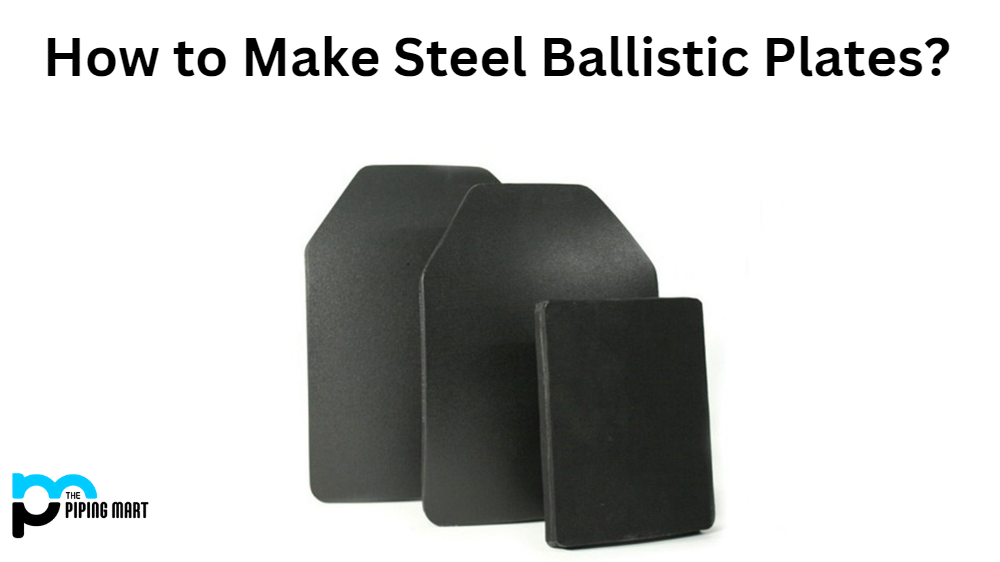If you’re in the market for steel in your next project, it can be difficult to decide which type is right for you. O1 tool steel and 1095 steel are two of the most popular options, but they have quite a few differences that make them ideal for different purposes. Let’s explore the key differences between these two types of steel.
What is O1 tool steel?
o1 tool steel is a type of carbon steel that contains a small amount of manganese, tungsten, and chromium. It is known for its excellent hardness and wear resistance, making it a popular choice for knives and other cutting tools.
What is 1095 steel?
1095 steel is a high-carbon steel with between 0.90% and 1.03% carbon. It is known for its high strength and toughness, making it a popular choice for knives and other cutting tools.
Difference Between O1 Tool Steel and 1095 Steel
Composition
The composition of O1 tool steel is as follows: .90% carbon, .50% manganese, .20% silicon, 1.30% chromium, and .30% tungsten. It also contains some vanadium and molybdenum. On the other hand, 1095 steel is composed of .90-1.03% carbon and very small amounts of manganese (up to 0.50%). This means that O1 tool steel has a higher carbon content than 1095 steel. The higher carbon content makes O1 tool steel more durable than 1095 steel.
Hardness Level
Regarding hardness level, O1 tool steel ranks 60-61 HRC on the Rockwell hardness scale, while 1095 ranks 56-58 HRC on the same scale. The higher hardness rating of O1 tool steel makes it better suited for applications that require a high degree of wear resistance or toughness, such as heavy machining projects or knife blades. On the other hand, 1095 is better suited for applications that require flexibility, like automotive springs or swords, since it is softer than O1 tool steel and more resistant to impact damage due to its lower hardness level.
Cost
O1 tool steel tends to be more expensive than 1095 since it requires additional refining steps during production due to its higher carbon content compared to 1095, which only requires basic refining processes. However, when considering cost per performance ratio, both steels offer great value since they offer excellent durability at an affordable price point compared to other types of steels, such as stainless or high-speed steels, which are significantly more expensive per pound/tonne than either option mentioned here.
Which one is better?
There is no definitive answer as to which one is better. The o1 tool and 1095 steel have advantages and disadvantages that make them suitable for different applications. For example, o1 tool steel is easier to sharpen than 1095 steel but is not as tough. 1095 steel, on the other hand, is tougher but can be more difficult to sharpen. Ultimately, the best choice depends on the specific application for which the knife will be used.
What are the benefits of o1 tool steel?
Some of the benefits of o1 tool steel include its excellent hardness and wear resistance and its ability to be easily sharpened. Additionally, o1 tool steel has good machinability properties, which can be easily worked into different shapes using machine tools.
What are the benefits of 1095 steel?
Some of the benefits of 1095 steel include its high strength and toughness and its ability to hold an edge well. Additionally, 1095 steel has good corrosion resistance properties, meaning it will not rust easily when exposed to moisture or other corrosive elements.
Conclusion:
In conclusion, when deciding between o1 tool steel vs 1096 for your project, it all comes down to what application your project will involve and what kind of budget you have available for the materials needed. If you are looking for a durable material with a good cost-performance ratio, either one should do well depending on your specific needs; however, if you need something with extreme toughness, then o1 may be better suited; if flexibility is desired, then go with 1096 instead! Thanks for reading this blog post about why o1 tools vs 1096 tools might be best suited for certain projects!

A passionate metal industry expert and blogger. With over 5 years of experience in the field, Palak brings a wealth of knowledge and insight to her writing. Whether discussing the latest trends in the metal industry or sharing tips, she is dedicated to helping others succeed in the metal industry.




